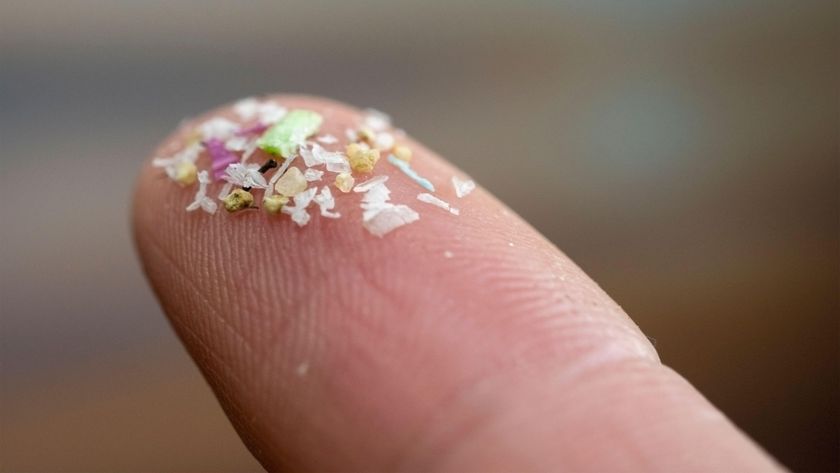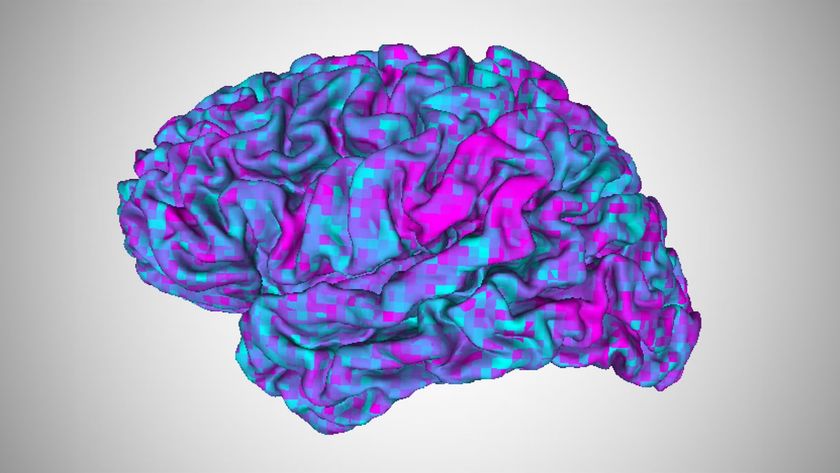Zapping the Brain Improves Fine Motor Skills
A mild electrical jolt to a particular area of the brain can rev up a person's motor skills, a new study suggests. The finding, detailed in the Jan. 20 online edition of the journal Proceedings of the National Academy of Sciences, could hold promise for enhancing rehabilitation for people with traumatic brain injury, stroke and other conditions that can impact motor skills. Motor skills are the controlled, voluntary movements of the muscles in the hands, feet, eyes and other body parts that are learned from infancy onward. Gross motor skills, such as walking and balancing, are more foundational and are learned first. Fine motor skills involve more precise muscle control and are learned later on; they can include anything from writing to playing the violin. Various motor skills can require practice and learning over a prolonged period of time. During that practice, the brain encodes information about how to perform the task, but even during periods of rest, the brain is still at work strengthening the memory of doing the task. This process is known as consolidation. Leonard Cohen of the National Institutes of Health (NIH), along with researchers at Columbia University in New York City and Johns Hopkins University in Baltimore, tested how delivering a mild electrical stimulation to the primary motor cortex, the part of the brain that controls movement, would affect motor skill learning. Another recent study found that humans and other primates evolved a special area of the motor cortex that helps us learn fine motor skills. Participants in the new study played a targeting game on a computer monitor by squeezing a joy stick — in effect, they had to learn a new motor skill. The study subjects practiced the task for five consecutive days. During practice, one group received 20 minutes of transcranial direct current stimulation (tDCS) and the other group received only a 30-second "sham" stimulation. tDCS involves mild electrical stimulation applied through surface electrodes on the head and changes the activity of the cells in the brain's outermost layer. Over the five-day training period, the skill of the tDCS group improved significantly more than that of the control (sham) group, apparently through an effect on consolidation. The researchers came up with a numerical measure of the total learning of the skill in each group (ranging from negative to positive numbers); the tDCS group had a total learning score of about 4, while the sham group scored below 3. During the three month follow-up period, the two groups forgot the skill at about the same rate, but the tDCS group continued to perform better because they had learned the skill better by the end of training.
- Video – Brain-healing Nanotechnology
- 5 Ways to Beef Up Your Brain
- Top 10 Mysteries of the Mind
Sign up for the Live Science daily newsletter now
Get the world’s most fascinating discoveries delivered straight to your inbox.
Most Popular




